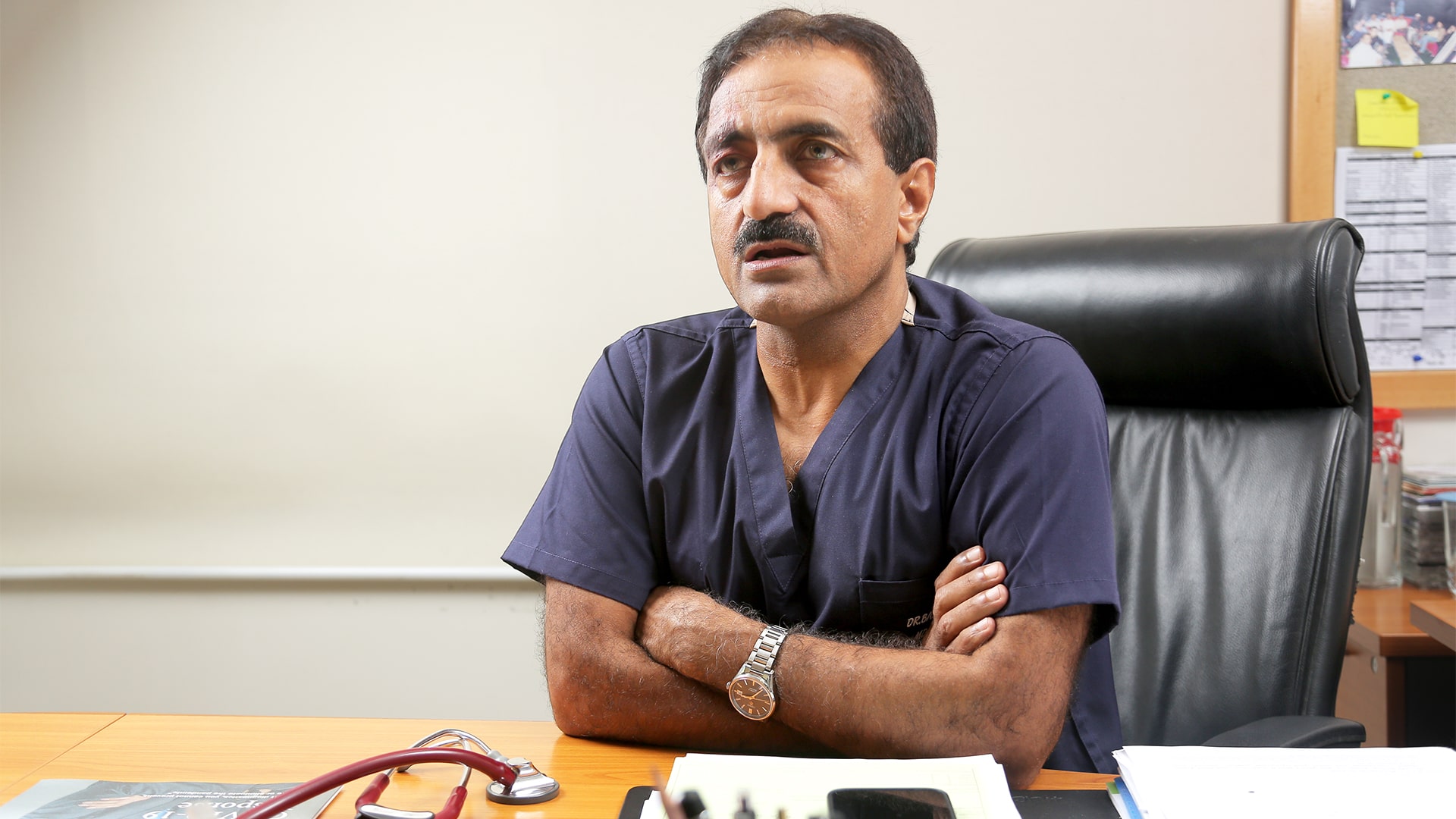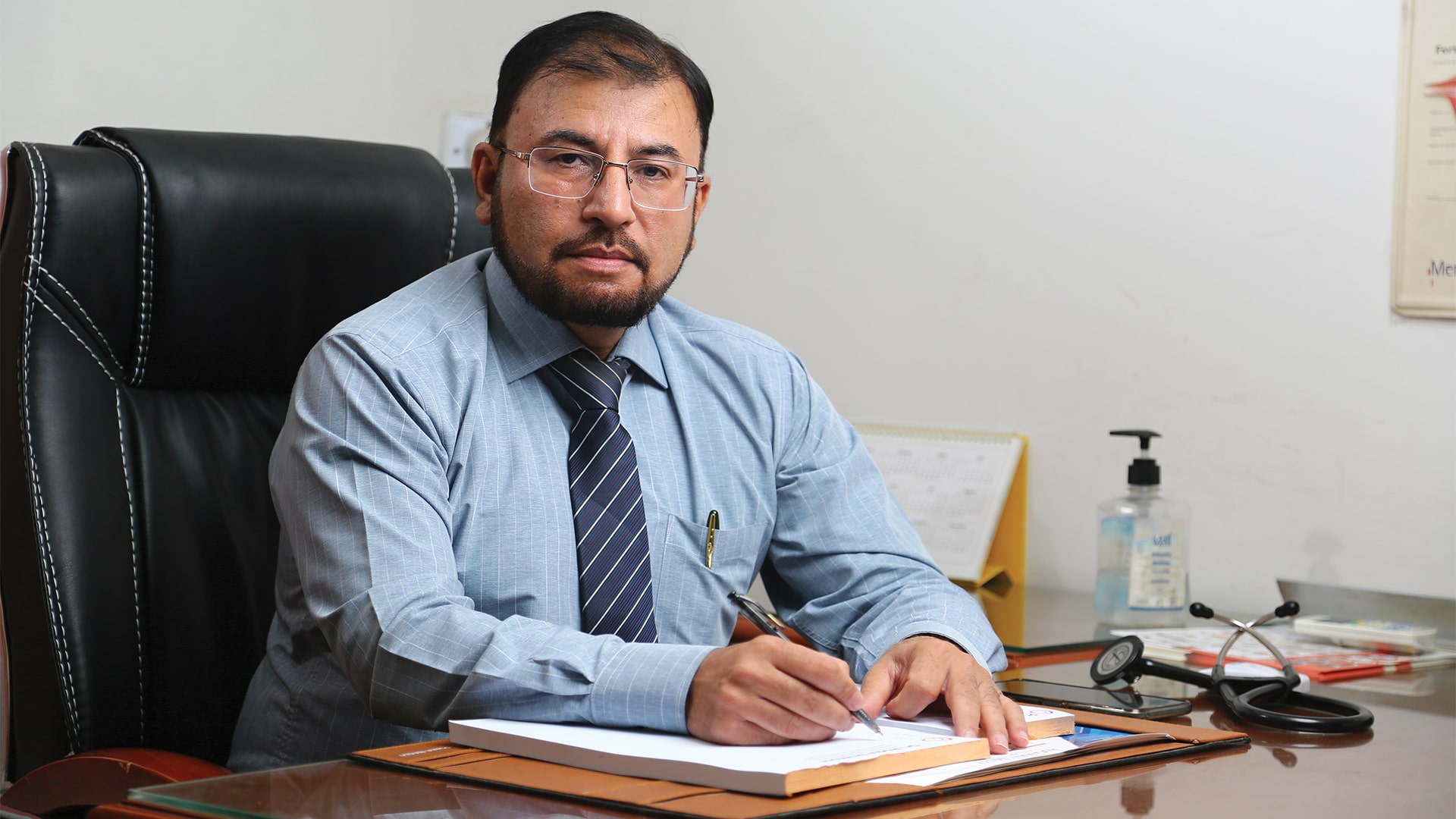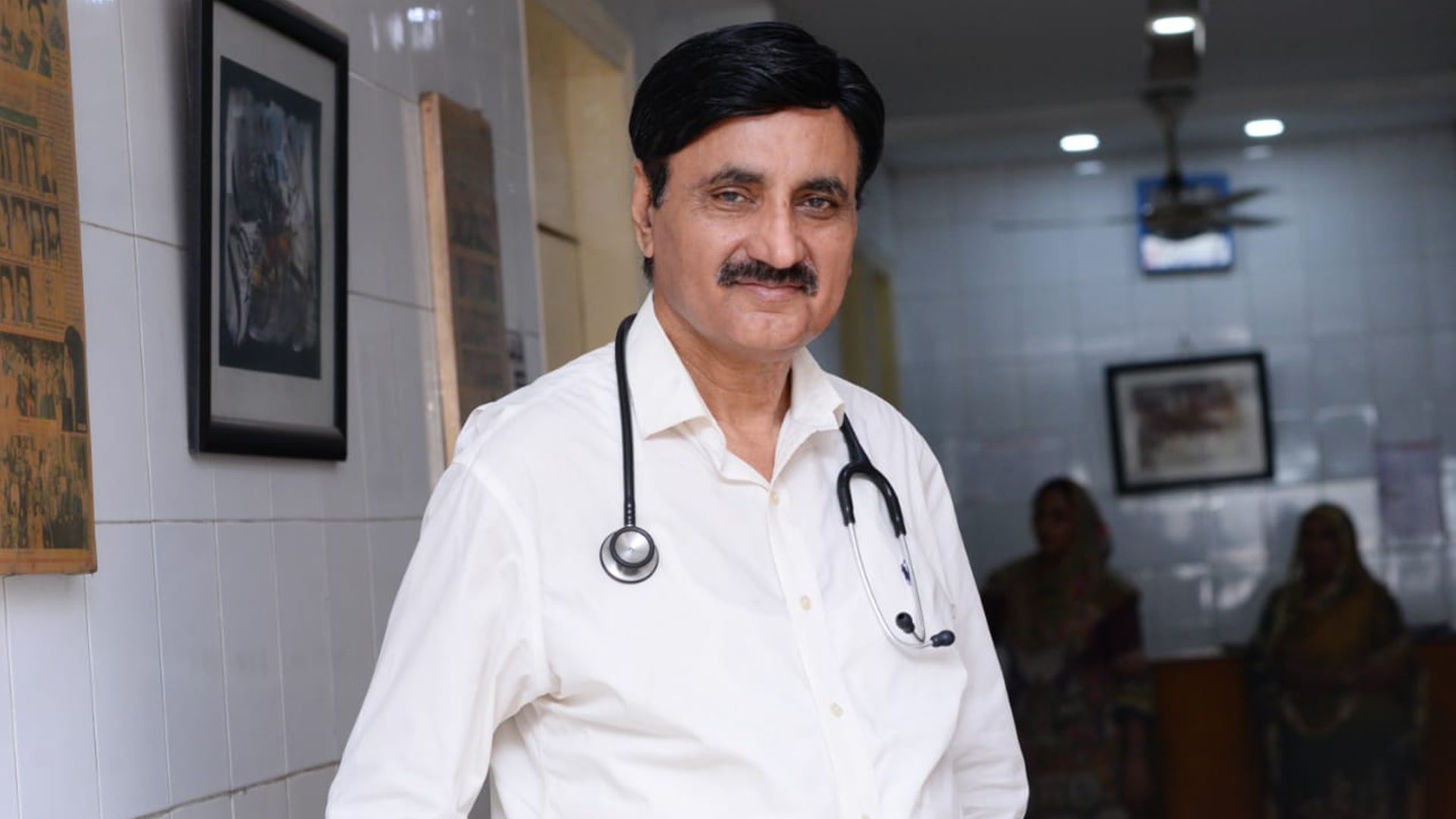In this interview, Roche Dia:logue speaks to two young patients, Hafiz Syed Muhammad Ibrahim and Assad Mukhtar who recently suffered a heart attack and who, coincidently, are both working in the field of diagnostics.
Cardiovascular diseases (CVDs) claim millions of lives every year. While the risk of heart disease increases as one gets older, it does not mean that younger people are immune to it. More heart attacks are striking those under the age of 40, according to a research presented at the American College of Cardiology’s 68th Annual Scientific Session.
“The general perception is that a heart attack will happen if it is destined to happen, but the vast majority can actually be prevented through early detection of the disease, aggressive lifestyle changes and management of other risk factors”, notes 28-year old Hafiz Syed Muhammad Ibrahim as he recalls his own experience.
Despite working in the healthcare industry and having ample awareness about the value of diagnostics, he admits that negligence around one’s own health coupled with poor lifestyle choices is what is contributing to the increased incidence of CVDs in Pakistan.
“I don’t smoke or have any kind of addiction, yet I experienced such a painful and traumatizing attack. Stress, anxiety, sedentary lifestyle and a poor diet are also contributing factors that affect your heart health.” Regular screening can help prevent cardiovascular diseases, as any irregularity can be detected and treated on a timely basis.
Elaborating further on his symptoms, Muhammad Ibrahim adds, “I was in the office when I started experiencing numbness and stiffness around my heart as though it was being clenched. However, when my blood pressure was taken, it was not high at all. On the contrary, it was low and I thought perhaps it’s a case of severe gastric pain. It was only when my condition deteriorated within the next five minutes or so that I had to be rushed to the hospital. There they placed a coronary artery stent under emergency circumstances as my arteries were blocked.”


Talking about his experience, Assad Mukhtar shares that he experienced a heart attack when he was alone at home and spent a good part of the night in pain till he was rushed to the hospital at dawn.
“The first symptom I felt, I started self-medication, which helped temporarily but the striking pain gained intensity with time. I live alone in Lahore so when I couldn’t bear the pain any longer, I called a colleague and he rushed me to the hospital. It was a long, never-ending night but it gave me a big wake up call for sure”. Being a smoker, Assad Mukhtar has made radical changes in his lifestyle to give due attention to his health and well-being.
The rise in heart attacks among younger people can largely be attributed to lifestyle. Overbooked schedules, constant stress and anxiety, overeating, smoking and self-medicating are all factors which ultimately take a toll on the heart. It is becoming increasingly important to identify patients at risk of CVD and to intervene early to prevent severe complications in the future. Therefore, from prevention to diagnosis, and from treatment to after-care, the role of diagnostics and cardiac biomarkers is the key to cardiac patient management and to reduce the growing burden of CVDs in the country.




